Embracing Myriad Challenges From University To Multiversity And Now Communiversity
Emeritus Professor Tan Sri Dato' Dzulkifli Abdul Razak
Opinion - Bacalah Malaysia
July 2, 2024
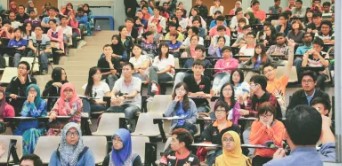
In 2018, in an op-ed piece, I wrote about the concept of a “multi-university” or multiversity for short. This was to coincide with the 50th anniversary of the establishment of a well-known organisation, the Consumers Association of Penang (CAP).
Led by the late S M Idris, a bold, dynamic and humble leader, whom I was privileged to meet while studying at Universiti Pulau Penang (later Universiti Sains Malaysia, USM) in the early 1970s.
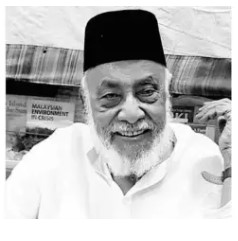
"For a start, it introduced the “school” – as opposed to that of a “faculty” – ecosystem. This allows the implementation of academic programmes that are flexible and multidisciplinary in nature. Students are encouraged to take courses that are offered by other “schools” so as to widen their horizon of knowledge beyond a narrow specialised interest in the early years.
As a rule of thumb, science students must opt 30 per cent of their courses from the non-science schools, and vice versa. To make things more exciting, USM was the first to offer courses in the Social Sciences, as well as Humanities disciplines placed under two new “schools.” They are the first in Malaysia.
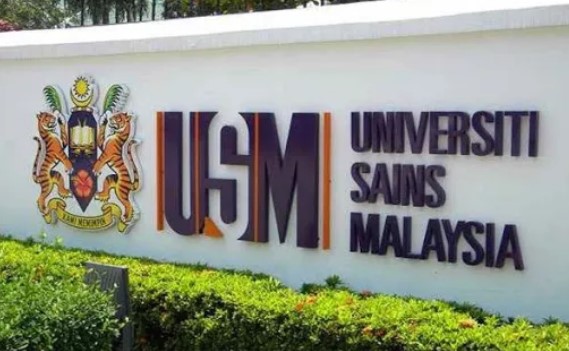
It was while adventuring into this, that as a science student, I discovered CAP and the many other colourful personalities who became my mentors and role-models away from the sterile academic world.
"Not unlike the lecturers and professors at USM, they were equally passionate in their work and commitment to the community whole-heartedly. They are practitioners, hands on as well as community-centred dedicated in protecting and servicing each member of the community Malaysia-wide.
Especially against exploitation and corruptions rampantly practised by a group of opportunists ready to pounce on marginalised and vulnerable among the less educated in community.
CAP as the “voice of little people” – stood tall as the dominant protector of human dignity and human rights. It is fiercely professional and effective in ensuring that justice is met.
"This is “new” to me, as science is more often than not being paraded as the “exploiter” – even “corrupter” of the community when its products are marketed as products of so-called “development” for profit-making. Hence, universities are regarded as ivory towers that have little relevance to the community although they are meant to serve and develop it.
USM, meanwhile, is struggling to shake off the elitist image that is often piggybacked on the various scientific disciplines offered by the university.
The multidisciplinary approaches help to create a platform whereby people of all disciplines could come together forming a “co- laboratory” – a real-world learning lab.
"Opened to members of the community, and avid practitioners, it functions like a “multiversity” forging collaboration in many fronts: theory and practice, science and arts, industry and community, past and future, young and old, knowledge and wisdom, local and global, nature and nurture – breaking down silos and replaced with flagship of activities to advance the course of humanity and sustainability for the future.
It was evolving until the unprecedented pandemic experiences came unexpectedly.
Fast forward, the multiversity morphed further into a more robust concept of collaborating and co-creating together with the community hence, a “communiversity!”
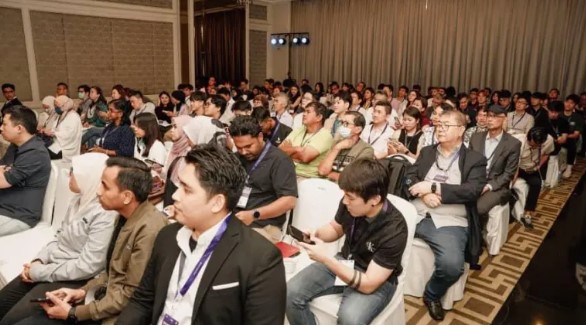
The novel concept is far superior in that it enhances the multiversity within the context of sustainability or sustainable development that was largely absent until then.
"It is worth noting that Education for Sustainable Development (ESD) that was spearheaded by the United Nations (UN) in 1987 but did not materialise well until the UN Decade on ESD, from 2005 to 2014, was declared.
Meaning, what drives universities then was the conception of Sustainability and Sustainable Development.
Yet as the pandemic clearly demonstrated without ESD it is insufficient to ensure the survival of humanity and the planet.
Namely, without community empowerment and engagement closely fused with a university, it cannot transform the society beyond just reimagining it.
CAP in this sense has proven how it works, with IIUM more recently following suit when it embarked on the realisation of the Communiversity beginning 2020 in the midst of the pandemic.
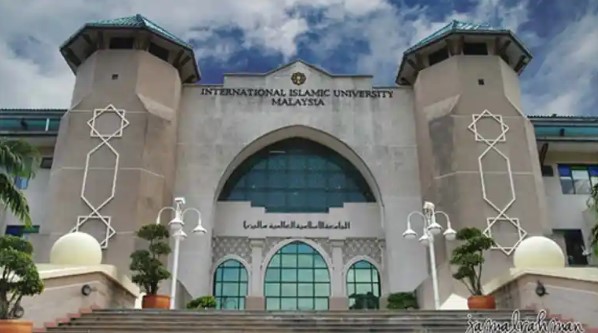
Over the years, the Communiversity model gains momentum in transforming the community, involving thousands of students participating in more than 400 projects covering hundreds of locations nationwide.
"As it stands today, Communiversity is leading the way in (re)articulating the post-pandemic challenges by improving on the notion of a multiversity into the real-world living lab aligned to the 5Ps – people, planet, prosperity, peace, and partnership – of the Sustainable Development Goals (2016-2030).
The relevant policy-making and -implementing agencies are therefore well-advised to keep abreast with time, in particular, while addressing the post-pandemic tragedy as an existential threat to humanity on a planetary scale.
It is time for multiversity to move over in making space for communiversity.
Failing of which the educational ecosystem remains a barrier to the challenges of the future as it is today! BACALAHMALAYSIA.MY
- The writer is Rector, International Islamic University Malaysia (IIUM)
